The Rise of Deepfakes: When Digital Reality Becomes Fake
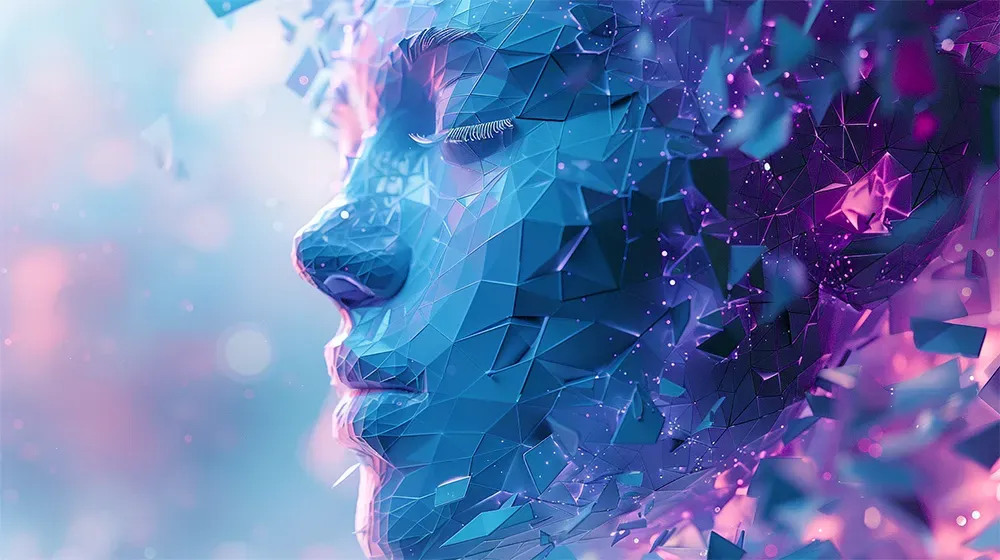
The rapid advancement of technology has given rise to a phenomenon that blurs the line between reality and illusion - deepfakes. These digital creations are so realistic that they can deceive even the most discerning eye. As deepfake technology evolves, it has the power to entertain, manipulate, and deceive.
The evolution of digital reality to fake reality emerges as a double-edged sword; powered by advanced game engines and generative AI, it gives rise to hyper-realistic deepfakes that could disrupt society. This transformation revolutionises immersive gaming experiences and video and image creation and raises critical concerns about the impact on real-world scenarios, including elections.
This article is an extended version of one of the ten technology trends for 2024. You can download the full report free of charge by completing the below form.
Power of Advanced Game Engines
Deepfakes owe their incredible realism to the power of advanced game engines. These engines, originally designed for creating immersive gaming experiences, now serve as the foundation for generating hyper-realistic digital replicas. With the ability to simulate lighting, shading, and even facial expressions, these engines provide the tools needed to create convincing deepfake content.
Game Engines like Epic’s Unreal Engine 5 push the boundaries of realism in virtual environments, enabling game developers to create visually stunning and immersive experiences. These engines leverage cutting-edge technologies such as real-time ray tracing and high-fidelity graphics, delivering levels of detail that were once reserved for cinematic productions. This not only elevates the gaming industry but also sets the stage for creating hyper-realistic simulations that mimic the intricacies of the real world.

One of the most remarkable aspects of these game engines is their ability to harness the computational power of modern hardware. By leveraging the capabilities of high-end GPUs, deepfake creators can render highly detailed and lifelike visuals in real time. This level of realism sets deepfakes apart from other forms of digital manipulation.
Moreover, these advanced game engines offer a wide range of features contributing to the overall authenticity of deepfake content. For instance, they allow creators to manipulate the physics of virtual objects, enabling realistic interactions and movements. This means that deepfakes cannot only convincingly replicate a person's appearance but also mimic their gestures and actions with astonishing accuracy. As game engines continue to advance, we can expect hyper-realistic digital environments that look and feel like the real deal but with the option to alter reality as you wish. With game scenes already used to sow misinformation, hyper-realistic digital replicas are cause for concern.
Creation of Hyper-Realistic Deepfakes
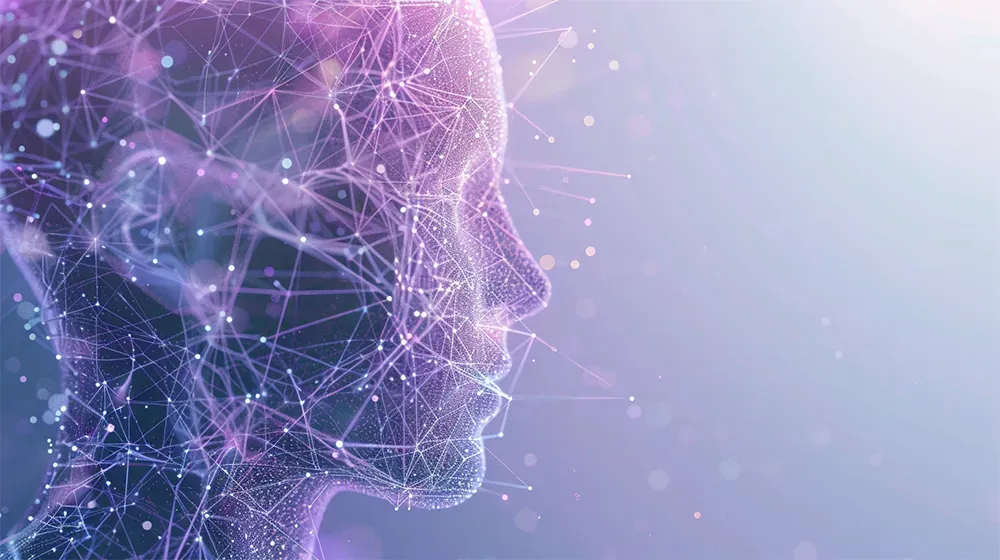
The creation process for hyper-realistic deepfakes involves training deep learning algorithms on vast amounts of data. This data consists of images and videos of the target person from various angles and lighting conditions. By analysing and processing this data, the algorithm learns the intricate details of the person's face.
Once the algorithm has been trained, it can generate deepfake content by swapping the target person's face onto a different body or altering their facial expressions. The level of detail and realism achievable with deepfakes is astounding, making it difficult to distinguish between the real and the fake.
One fascinating aspect of the creation process is the use of generative adversarial networks (GANs). GANs consist of two neural networks: a generator and a discriminator. The generator is responsible for creating the deepfake content, while the discriminator's role is distinguishing between real and fake images. These two networks work together competitively, constantly improving and challenging each other.
During the training phase, the generator generates fake images, and the discriminator tries to identify them as fake. As the training progresses, the generator becomes more skilled at creating realistic deepfakes, while the discriminator becomes more adept at detecting them. This back-and-forth process continues until the generator produces deepfakes virtually indistinguishable from real images.
Another crucial aspect of creating hyper-realistic deepfakes is the availability of high-quality training data. The more diverse and extensive the dataset, the better the algorithm can learn and mimic the target person's facial features, expressions, and mannerisms. Collecting such data requires meticulous effort, as it involves capturing the target person's face from multiple angles, under varying lighting conditions, and in different emotional states.
Moreover, creating hyper-realistic deepfakes relies on advanced techniques such as facial landmark detection, facial expression synthesis, and texture mapping. These techniques help in accurately aligning the target person's face onto the new body or modifying facial expressions while preserving the natural look and feel.
As the field of deepfake technology continues to evolve, researchers and developers are constantly exploring new methods to improve the realism and believability of deepfakes. This includes advancements in neural network architectures, training algorithms, and data augmentation techniques. The goal is to push the boundaries of what is possible while raising awareness about the potential risks and ethical concerns associated with the misuse of deepfake technology.
Less Realistic but Faster and Cheaper Deepfakes
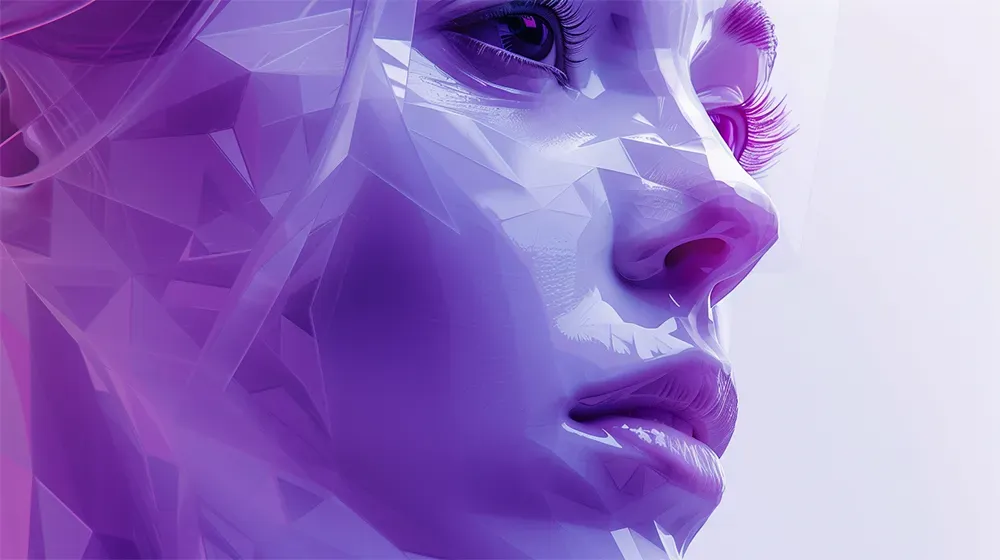
However, often, hyper-realistic deepfakes are not even required to deceive people. The convergence of sophisticated algorithms and powerful computing capabilities has ushered in an era of mass-produced deepfakes. Companies like Google DeepMind, Runway and recently OpenAI’s Sora, and Elevenlabs are at the forefront of developing artificial intelligence models that can convincingly generate lifelike content, including videos and audio recordings.
This innovative text-to-video system, capable of rendering detailed, photorealistic videos from textual prompts, signifies a monumental leap in AI's creative journey. From capturing intimate moments that echo personal memories to crafting scenes of fantastical realms, Sora challenges our perceptions of reality and creativity.
The model’s capacity to maintain visual fidelity and adhere to intricate user prompts while simulating realistic or imaginative scenes marks a significant leap towards bridging the gap between human creativity and AI capabilities. Sora is not just a tool for artists, designers, and filmmakers; it's a window into how AI can transform our creative expressions, offering a seamless blend of the imagined with the digital.
Sora in combination with Elevenlabs
While impressive in its ability to create realistic digital content, this technology raises ethical concerns as it can be misused to produce deceptive and malicious deepfakes. From celebrity impersonations to manipulated political speeches, the line between reality and fabrication becomes increasingly difficult to discern. In a recent article, I discussed how these hyper-realistic deepfakes have resulted in a post-truth world.
How do we balance human creativity and AI's expanding role in art and storytelling? Does Sora represent a step towards a collaborative future where AI serves as a co-creator, enhancing our creative visions rather than overshadowing them?
Deepfakes and Elections
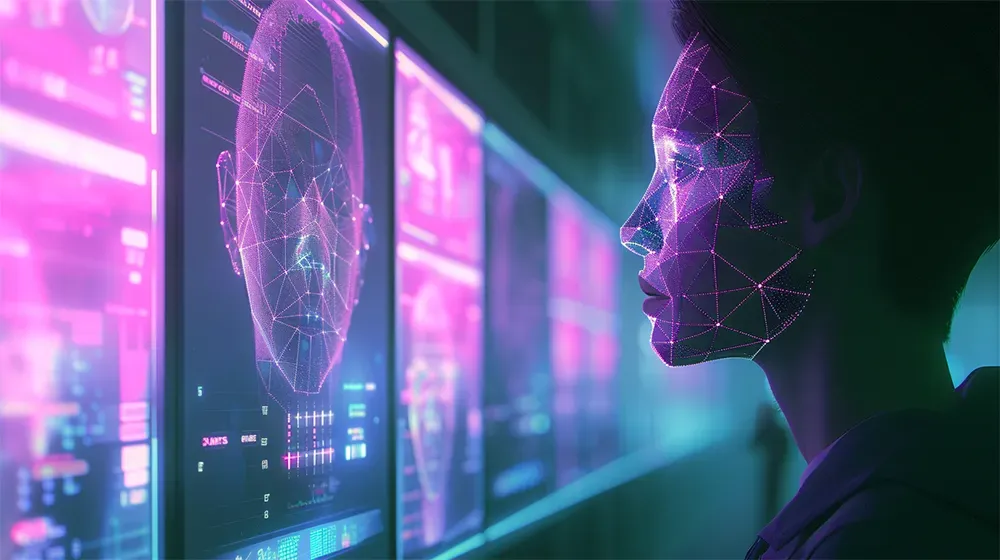
The rise of deepfakes poses a significant threat to our society, particularly in the context of real-world scenarios and elections. With the ability to manipulate videos and images, malicious actors can spread misinformation and sow seeds of doubt.
Only recently, in New Hampshire, a deceptive robocall, seemingly featuring President Biden's voice, urged Democrats not to vote, falsely claiming their vote mattered only in November. This digital manipulation, an unlawful attempt to disrupt the presidential primary, is now under investigation. The false Biden message, which concluded with a contact number linked to a pro-Biden super PAC, raises alarm bells about the misuse of AI in elections. As such technologies blur the lines between reality and fiction, we must reinforce our democratic processes against these digital threats.
Moreover, Imran Khan, Pakistan's former prime minister, recently turned to AI from behind bars, crafting a victory speech that rippled across the digital landscape and the nation itself. Despite being jailed and disqualified from running, Khan's AI-generated voice shook the political structure, claiming victory for his party, Pakistan Tehreek-e-Insaf (P.T.I.), in a move that was as strategic as it was symbolic.
It is not just politicians who are at risk. Deepfakes can also be used to target individuals, tarnishing their reputations or spreading false information. The potential for harm is substantial, as deepfakes can be shared and disseminated rapidly through social media channels, amplifying their impact.
Fortunately, the world's leading tech giants, including Amazon, Google, and Microsoft, recently announced that they will confront the challenge of deceptive AI in elections. This collaboration marks a significant commitment to addressing the issue of voter manipulation through AI-generated content. With the signing of the Tech Accord to Combat Deceptive Use of AI in 2024 Elections at the Munich Security Conference, these companies have pledged to leverage their technological prowess to identify and counteract misleading content. This initiative is especially pertinent as billions of people across the globe, including in pivotal nations like the US, UK, and India, prepare to vote in significant elections this year.
As technology advances, the sophistication of deepfakes will only increase, making them even more difficult to detect. This arms race between deepfake creators and detection algorithms poses a significant societal challenge. We must develop robust methods to identify and combat deepfakes, ensuring the integrity of our elections, the justice system, and the trust we place in the information we consume.
Impact of Deepfakes on Business
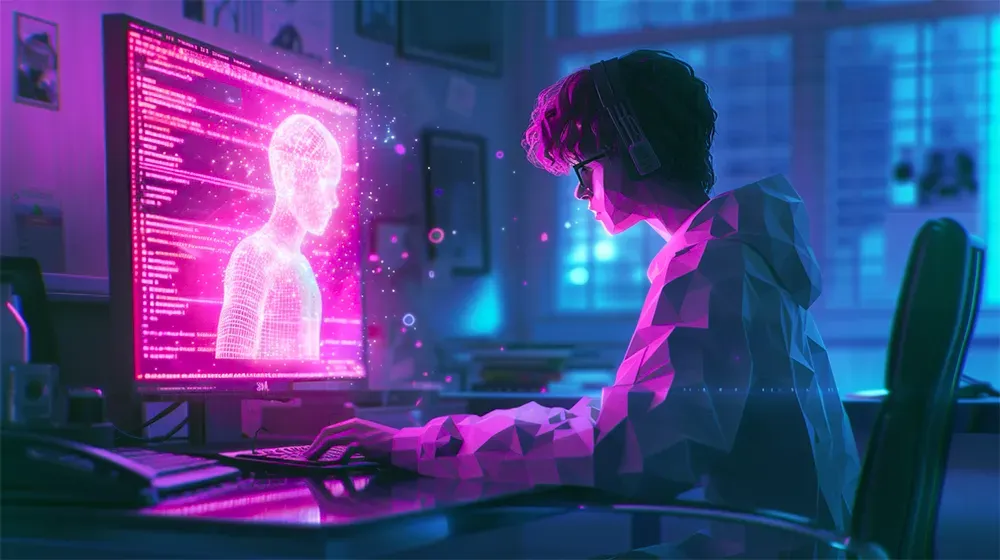
The rise of deepfakes also poses challenges for businesses. Companies could face reputational damage if deepfake attacks target their executives or employees. These attacks can involve impersonation or spreading false information about the company.
Only a few weeks ago, a finance worker at a multinational firm was swindled out of $25 million by fraudsters employing deepfake technology to impersonate the company's chief financial officer and other staff members during a Zoom conference call. The scam, sophisticated in its execution, involved multi-person deepfake simulations convincing enough to override the employee's initial suspicions of a phishing attempt.
The incident, part of a growing trend where artificial intelligence is weaponised for financial fraud, underscores the urgent need for digital literacy and robust verification mechanisms in the corporate world. It's a vivid reminder that in the age of AI, seeing is not always believing.
As deepfake technology becomes more accessible, hackers might exploit it to bypass facial recognition systems or gain unauthorised access to secure areas. The potential consequences of such breaches could be severe, affecting businesses and individuals who rely on these systems for their safety and security.
Conclusion
The rise of hyper-realistic deepfakes has profound implications for real-world scenarios, with elections at the forefront of concern. Startups like Truepic are attempting to counter the potential misuse of deepfakes by developing technologies for verifying the authenticity of digital content. The ability to manipulate speeches, alter facial expressions, or stage events through convincingly crafted deepfakes poses a significant threat to the integrity of political discourse and electoral processes. As a society, we find ourselves grappling with distinguishing between genuine and manipulated information, raising crucial questions about safeguarding democratic principles.
In the era of digital reality, deepfakes have emerged as a powerful technological innovation. With their hyper-realistic visuals and ability to deceive, deepfakes have the potential to transform how we perceive reality and navigate our increasingly digital world.
However, deepfakes also come with risks and challenges as with any technology. We must understand these risks and work together to develop robust countermeasures. By educating ourselves and promoting media literacy, we can maintain our ability to discern fact from fiction, ensuring that the rise of deepfakes does not erode trust in our institutions and society.
Images: Midjourney





